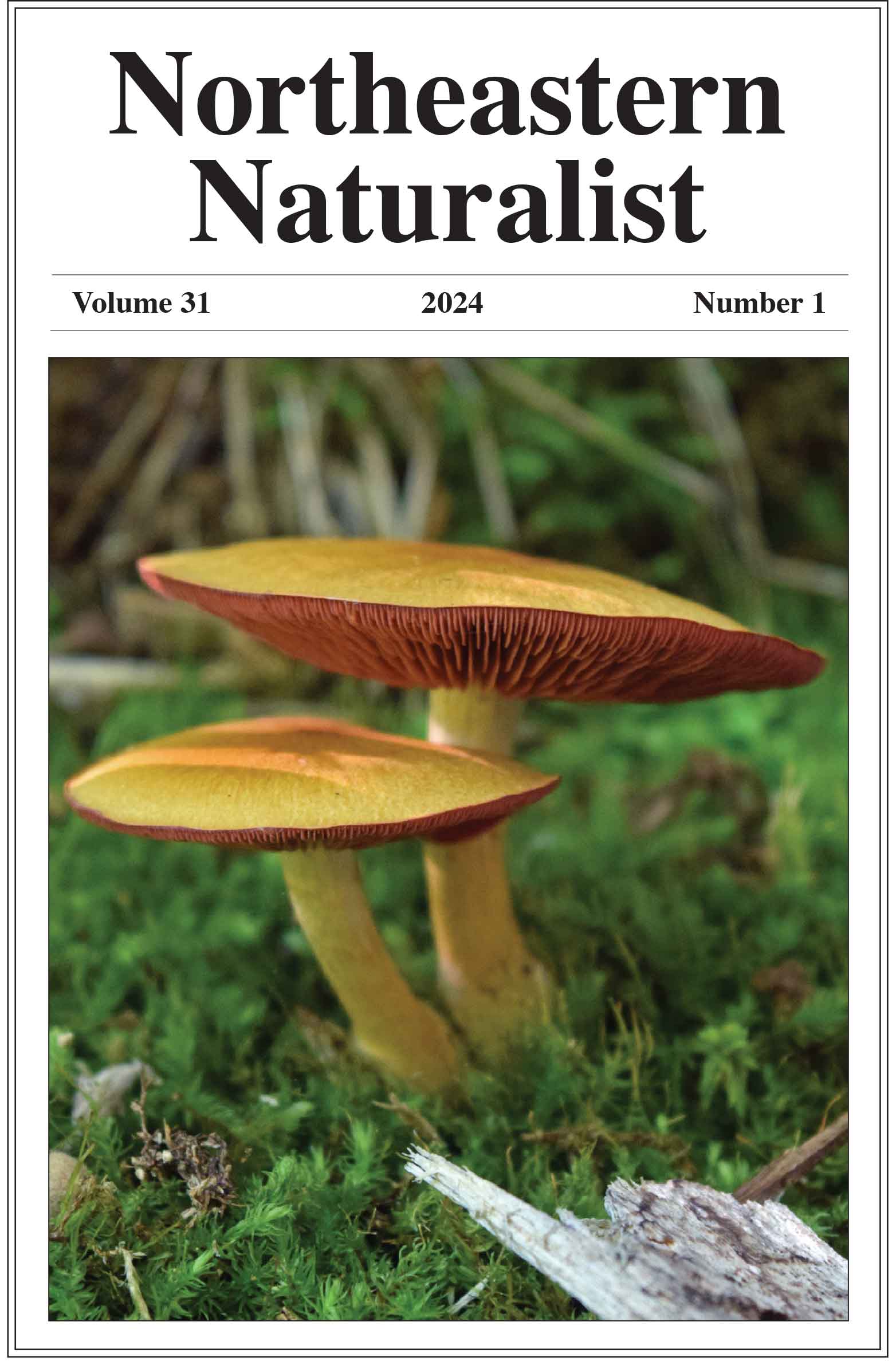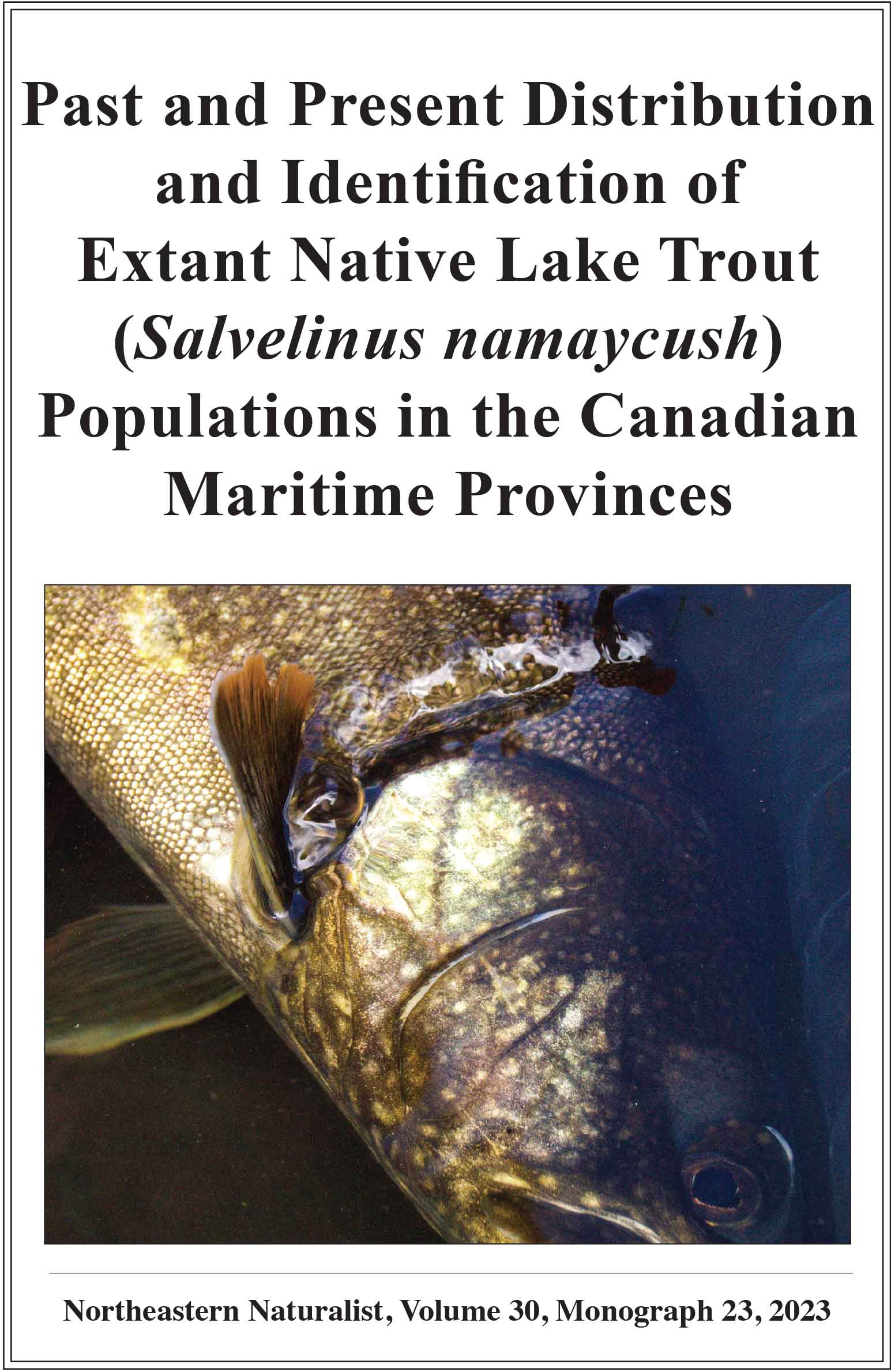Predictors of Biofilm Biomass in Oligotrophic Headwater Streams
Miriam O. Bayer1, Leah K. Swartz2, and Winsor H. Lowe2,*
1Wildlife Biology Program, University of Montana, Missoula, MT 59812. 2Division of Biological Sciences, University of Montana, Missoula, MT 59812. *Corresponding author.
Northeastern Naturalist, Volume 28, Issue 1 (2021): 28–48
Abstract
Biofilm forms the base of food webs as an autochthonous resource in nutrient-poor, heavily shaded headwater streams. However, we know little about the influence of bottom-up and top-down controls on the standing stock of biofilm biomass in headwater streams. We used spatially extensive stream surveys and pre-existing stream chemistry data to assess the influence of potential bottom-up and top-down controls of biofilm biomass in the oligotrophic headwater streams of the Hubbard Brook Experimental Forest (HBEF), NH. The potential bottom-up controls we considered were canopy cover and aspect (determinants of available radiation at the stream surface), available nutrients (e.g., nitrogen, phosphorus), physical habitat characteristics (e.g., stream width, substrate), and physicochemical properties of water (e.g., water conductivity, pH). The potential top-down controls we examined were benthic macroinvertebrate biomass and stream salamander occurrence. Salamanders may affect biofilm biomass indirectly by preying on benthic macroinvertebrate consumers. We used stepwise multiple linear regression to assess the relative importance of these variables in predicting biofilm biomass and found that biofilm increased with light availability (as indicated by canopy cover and aspect), nutrient availability, and lower acidity, suggesting that the autotrophic components of biofilm may be particularly important. Our top-down control indices were unrelated to biofilm biomass; however, more intensive studies on top-down controls are needed in these systems.
![]() Download Full-text pdf (Accessible only to subscribers. To subscribe click here.)
Download Full-text pdf (Accessible only to subscribers. To subscribe click here.)
Access Journal Content
Open access browsing of table of contents and abstract pages. Full text pdfs available for download for subscribers.
Issue-in-Progress: Vol. 31 (2) ... early view
Check out NENA's latest Monograph:












 The Northeastern Naturalist is a peer-reviewed journal that covers all aspects of natural history within northeastern North America. We welcome research articles, summary review papers, and observational notes.
The Northeastern Naturalist is a peer-reviewed journal that covers all aspects of natural history within northeastern North America. We welcome research articles, summary review papers, and observational notes.